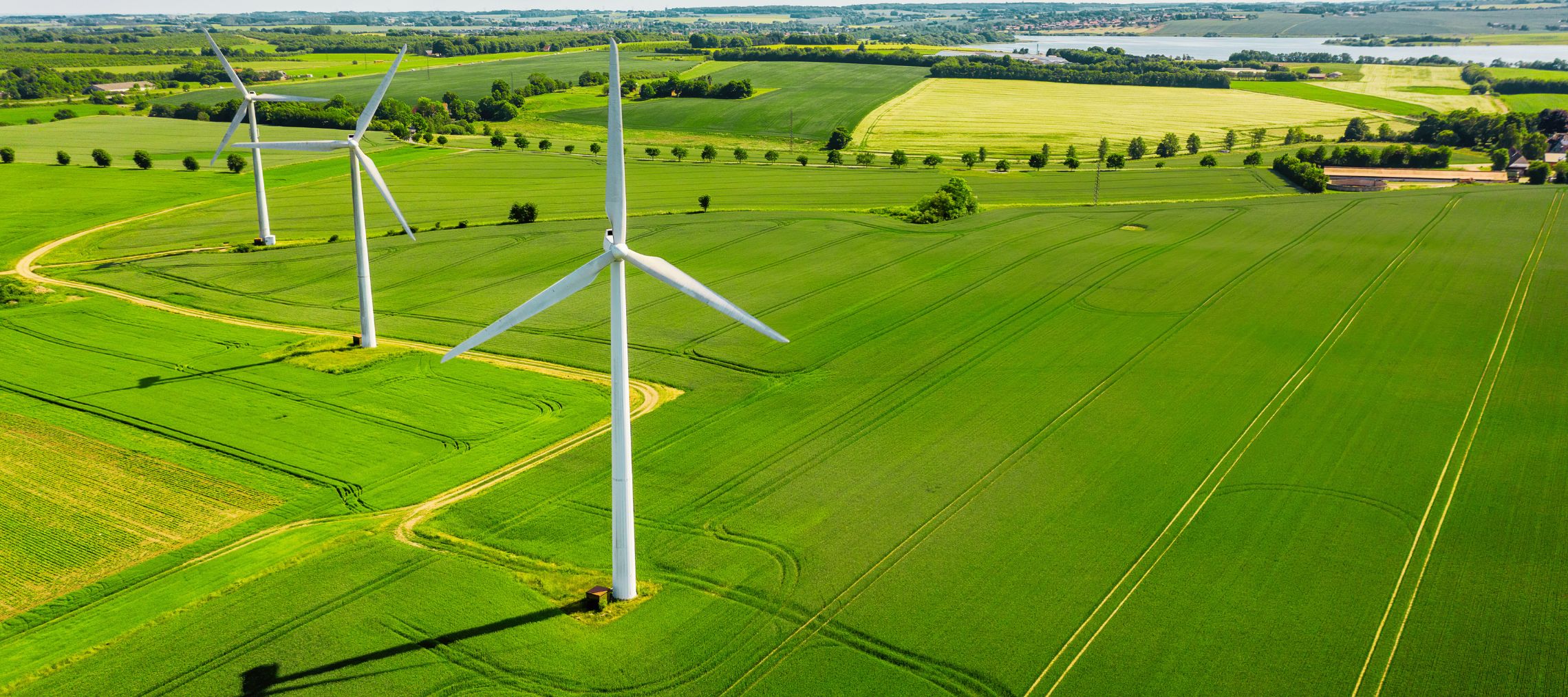The energy sector in India is impacted by certain key market trends, including unprecedented growth of renewable energy sources and advent of new technologies like electric vehicles and rooftop photovoltaic. These trends create uncertainty in the sector and require regulatory and policy changes to accommodate the increasing penetration of renewables into the grid. In this regard, CSTEP has identified two main challenges: smooth transition of state utilities to renewable energy and development of robust operational processes for long-term sustainability of distribution companies. Our work aims to explore the potential of states to meet renewable energy targets and strategise with government bodies for policy implementation at both state and national levels.




Lockdown and the power equation
The advent of the novel coronavirus (COVID-19) pandemic had forced India to resort to a lockdown. To contain the spread of COVID-19, nationwide lockdown had been announced in phases since 24 March. This has adversely affected the power sector, hitting the demand and collection, and hence, the financial health of distribution companies (DISCOMs).
BESCOM transformers poorly maintained, can disrupt power supply
Bengalureans are familiar with frequent power cuts lasting several hours, sometimes through the day. Irregular power supply interrupts our daily routines, especially with respect to work since many of us are working from home these days. It could also damage household appliances like refrigerators, air-conditioners and TV sets. In the case of medium, small and micro industries, erratic power supply affects production.
Reliable Data: A Prerequisite for Effective Energy Auditing
AT&C loss reduction is one of the key elements in UDAY’s strategy for making DISCOMs financially viable. Energy auditing forms an integral part of AT&C loss reduction as it helps with the identification of areas plagued with leakage and wastage of electricity in a DISCOM’s jurisdiction. The prerequisite for an effective energy audit is the availability of accurate and reliable data for energy input at the feeder and energy received at the consumer end.
Tackling Increasing Subsidy in Agriculture Sector
The subsidy to the agricultural sector in Karnataka has seen a whopping increase of 86% - from INR 4,993 crore in FY13 to INR 9,295 crore in FY18 - in just five years. A large portion of this subsidy can be saved by the government by merely mapping the already segregated agricultural feeders with associated distribution transformers and irrigation pump (IP) sets. Mapping will help the distribution company (DISCOM) assess the actual number of active IP sets drawing power, resulting in a better estimate of electricity consumed by them.
FRAMES model for financially sustainable DISCOMs
CSTEP has developed a framework for feeder-wise revenue analysis and monitoring of energy sales (FRAMES) at the 11 kV-feeder level.
GIS for Effective Energy Auditing
GIS can play a significant role in addressing the data gaps in the current energy auditing processes followed by DISCOMs. GIS locates the coordinates of the feeders, transformers and consumers and helps in mapping the entire distribution system. Such a system would help DISCOMs track and manage their assets. Visualising this information will also enable accurate ‘tagging’ of consumers to their respective feeders and transformers — known as consumer indexing.
Evaluation of Prepaid Metering Scheme: Boost to Utility's Revenue
India’s present installed capacity, 1,62,366.80 MW excluding captive power, allows for a modest per capita consumption of some 800 kWh/capita (CSTEP’s estimate). The mix is dominated by coal, which is only 53% of the capacity but higher when it comes to generation. The generation is insufficient to meet the demand, resulting in a shortfall of both peak capacity as well as energy overall (officially 12.6% and 9.9%, respectively). There is a large push towards increasing supply, with an aim of tripling capacity in the coming 1-2 decades.
AT&C loss reduction: Hopes pinned on UDAY
The electricity distribution sector in India is considered to be the most important link in the entire power sector value chain. It is also the face of the electricity sector for consumers. The most critical issues plaguing the distribution sector are high aggregate technical and commercial (AT&C) losses, poor billing and revenue collection efficiency and inadequate infrastructure. This sector has been reeling under losses to the tune of Rs.3.8 trillion due to systemic inefficiencies.
Feeder Survey in Karnataka: Key Observations
CSTEP has observed a lack of awareness amongst employees about AT&C losses, a lack of accountability, inadequate manpower and resources, poor operation and maintenance of the infrastructure, etc.
Continued Support for the Implementation of UDAY Initiatives in Karnataka
An important concern with distribution companies (DISCOMs) is the wide gap between the costs incurred and the revenue realised by them. CSTEP proposes to carve out an implementation plan to improve the actual revenue realised for the energy supplied by focusing on three areas: